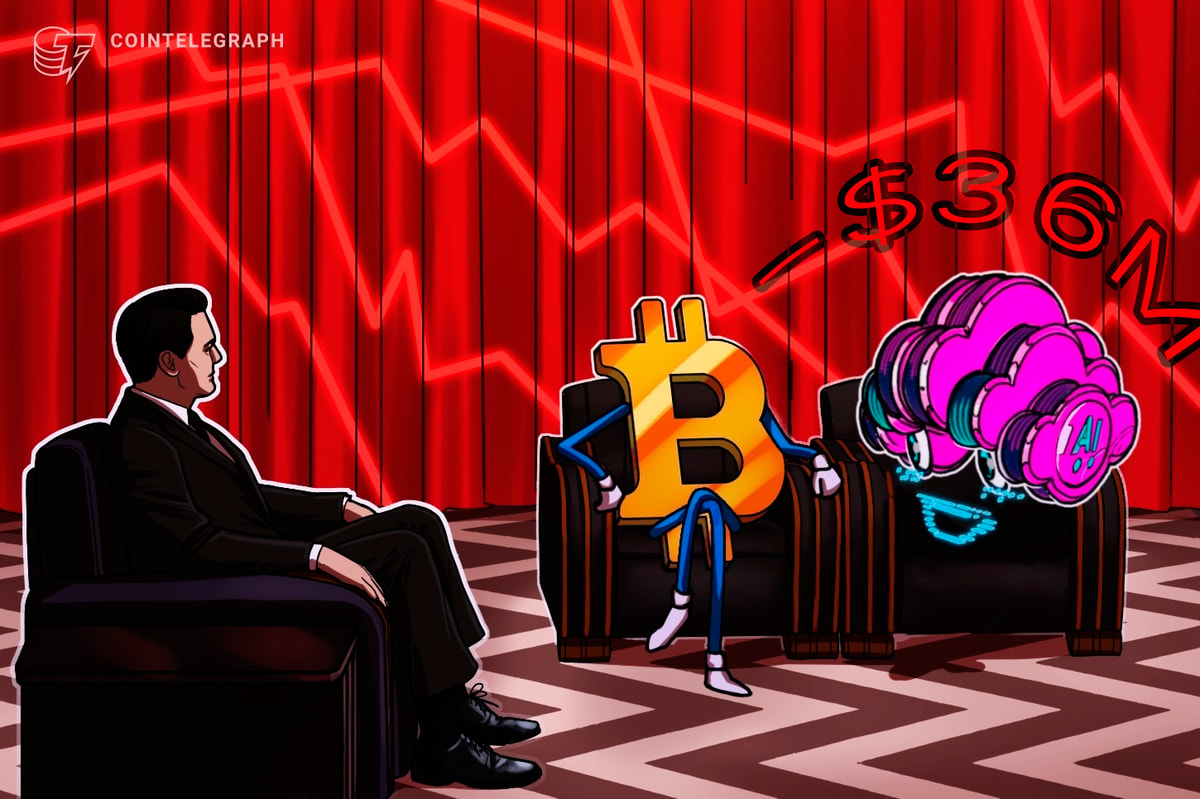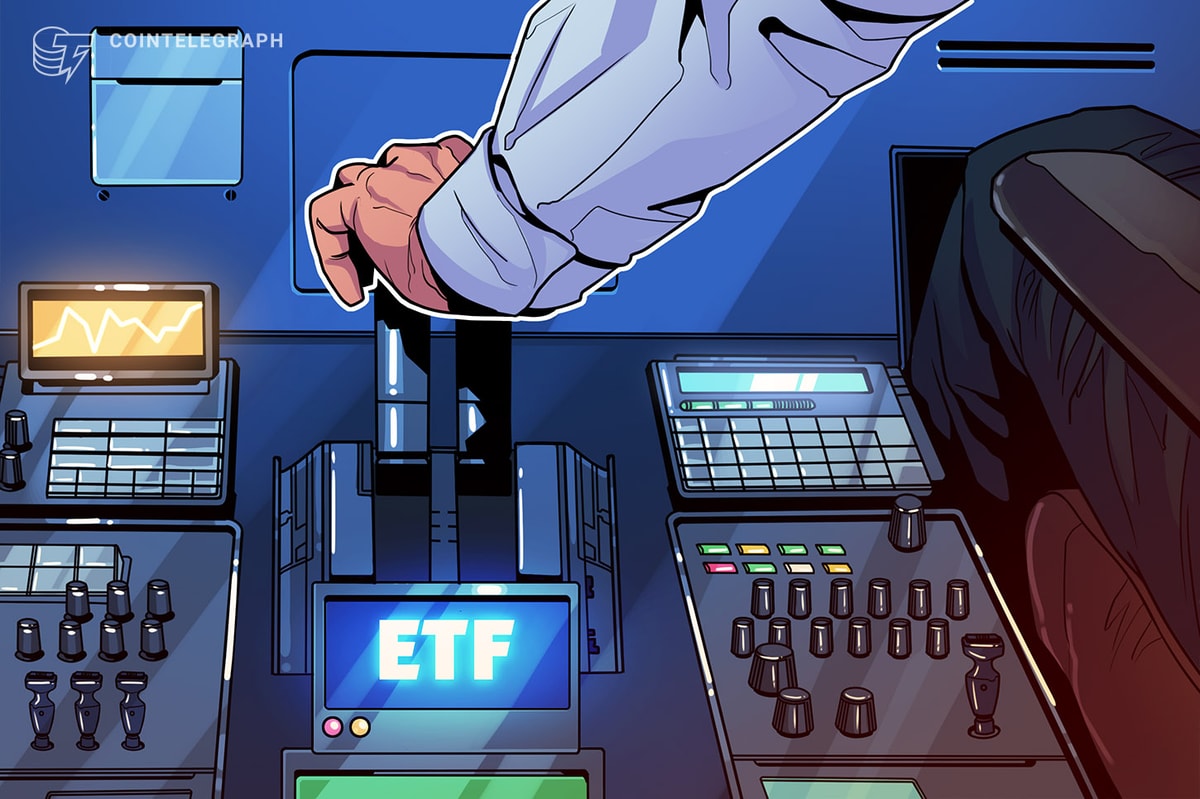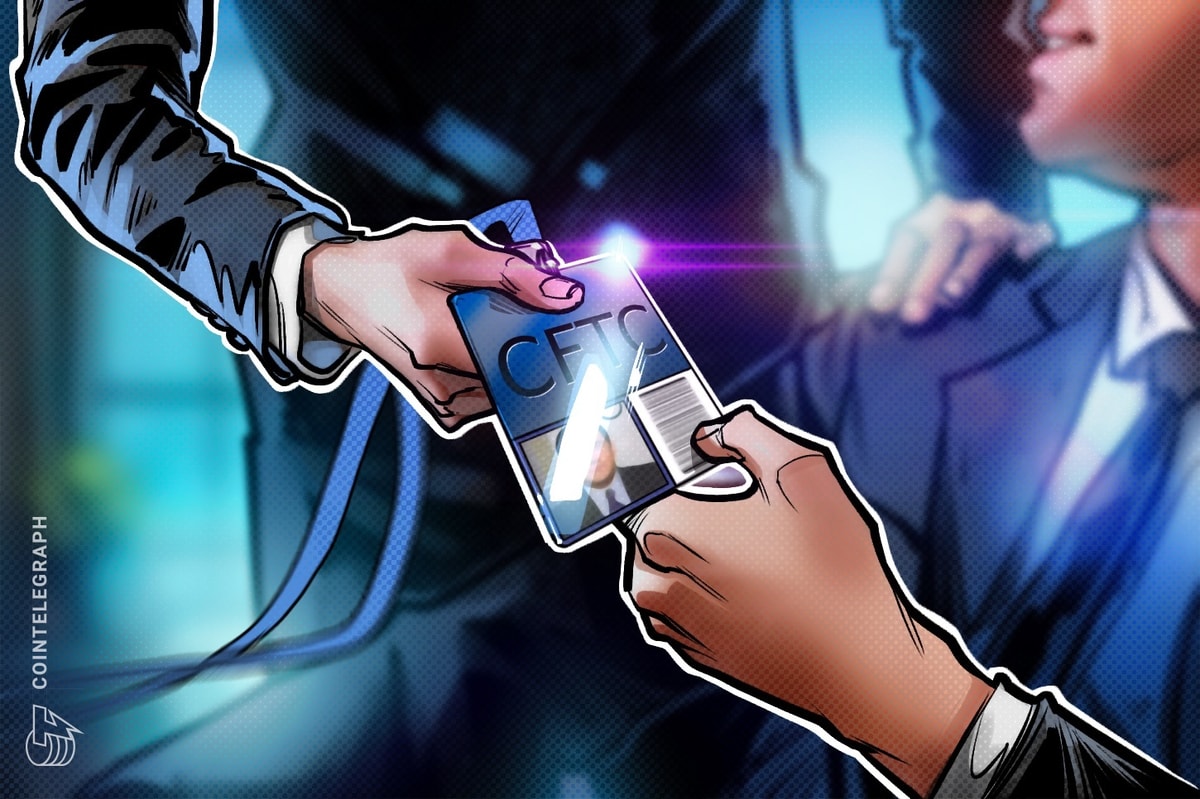
Bitcoin is not the only cryptocurrency in town, at least not any more. Since 2009, when the digital payment system was first introduced, thousands of other cryptocurrencies have entered the market. According to a recent story in MarketWatch, their combined market cap now sits around $100 billion.
That’s a heck of a lot of money. But in terms of a timeline for how blockchain technology is evolving, we are still in the early days. In fact, some say we are still developing the basic protocols for future projects to be built on.
So, for those developers and entrepreneurs who have been following from the sidelines, I am happy to say that if you are thinking of launching your own cryptocurrency, the doors are wide open.
But be warned, you will need to know a lot more about crypto than just coding. In fact, there are several hurdles to overcome.
Deciding Who You Want to Be
The first is deciding on a value proposition. Every successful cryptocurrency since bitcoin has focused on solving a unique problem, whether that’s privacy, fungibility, governance or something else. And your project should be no different.
Just make sure the road you go down is the one that resonates with you the strongest. After all, your project may end up being around for a long time, so you want to make sure you feel passion for what you are doing.
That said, you still need to do due diligence to find out if there is a market for your idea. And, since blockchain technology is complex on the face, that may require you to become a little more technically competent or, at least, comfortable with reading academic papers. The key is understanding how the feature sets you are interested in works at a high level.
And before you get started on your own white paper, you want to make sure you are not duplicating someone else’s work.
A good place to begin your search is public forums like BitcoinTalk. Often, when a project posts its technical paper, an accompanying thread of ideas and input follows.
As these forums are a great source of crowd knowledge, you will learn more than you would reading the paper alone. For instance, you might like an idea, only to find out, in the course of reading a forum thread, that it’s a total scam. At the same time, it is important to beware of trolls that berate an idea for their own particular agenda.
Navigating the Negativity
Of course, at some point, you will be the one sharing ideas and collecting feedback on those forums. But brace yourself. Forums and Slack channels are notorious for trolls. Resist the urge to punch back. The key is letting the negativity flow through you.
Remember, the community is watching, and they will judge you on your measured responses. In fact, a good barometer for how substantial a project is lies in how well the founders respond to well-thought-out criticism. So, always engage positively. Good rapport between the people running a project and those using the currency — or mining the chain — speaks of legitimacy.
Also, sort the wheat from the chaff. When you look into someone else’s projects, you will see fudders (fear and doubters) who are pushing questionable agendas. They tend to tip their hand by their behavior. When they come in hot, making vague, absurd statements, respond with substantive, well-reasoned points.
Funding Your Project
As your project grows, you will need marketing people, designers, developers and advisors. At some point in the job interview, however, those folks are going to say, “Show me the money,” which brings us to an important point: You will need some type of funding for your project.
There are several routes to raising money. Initial coin offerings (ICOs) are all the rage lately. But, before you get carried away, keep in mind how you raise money now will reflect on your project later. So, fundraise responsibly and cap your ICO.
In my opinion, projects that raise over $10 million in an ICO put themselves at risk. They dilute the value of their token. As a result, unless the project turns out to be a resounding success, a lot of unhappy “investors” are going to be left holding the bag. In other words, raising huge amounts of money also raises expectations for the project, so put together a budget and raise only what you think you will need.
Along those lines, you should only consider an ICO if you already have a clear roadmap for your project and a team put together that includes at least one developer. Otherwise, frankly, you are not a real company and raising any amount of money would be unethical.
One final ICO caveat, run your project through the Howey test. If it passes and your token qualifies as security, you risk getting a phone call from the SEC down the road, so you will want to consider other investment options.
You could do what zcash did, for instance, and take a percentage of the mining reward. At Decred, we bootstrapped for the first year and now the project takes a 10 percent subsidy on the mining reward. Other projects (litecoin, bitcoin, etc.) depend on donations.
And, don’t be afraid to consider venture capital (VC) funding either. It is still a viable option, and you can combine VC funding with other approaches.
Finding Developers
This is the hardest part of any project. You will need to find people with the mindset for blockchain development — not an easy task. Many people think they can cut it in this special niche, only to find out later that the problem-solving is way too complex for them.
Another consideration is cost. Luring experienced developers from existing projects is expensive. You may be better off training developers with experience outside blockchain technology to become blockchain developers and work on your project.
So, how do you find these skilled individuals? By continually engaging with the community, attending hackathons, meetups and other events. Your first two developers will be the hardest to find because they will be the ones who do the heavy lifting of translating your white paper into code. But once you start pulling a team together, others will become easier to attract.
Establishing Credibility
Once your project gets off the ground, the next step is creating an economic network around your currency. One way to get people invested in the future of your project is to pay them for their services in your coins whenever possible. Some projects give away coins to grow their network. This method of seeding is known as an “airdrop.”
When your network has proven itself secure and your coin builds up some liquidity, you want to get the coins listed on exchanges. Start at some of the lower-tier exchanges like Bleutrade and Bittrex. As your coin gets more popular, you can expand to exchanges like Shapeshift. And, once you really hit the big time, Coinbase.
As far as a timeline, expect to spend six months researching and putting together a white paper. After that, continually building and extending a network is a lifelong project. But, chances are, once you become a full-fledged member of the community, you won’t want to leave.
This is a guest post by Jake Yocom-Piatt. The opinions expressed are his own and do not necessarily reflect those of Bitcoin Magazine or BTC Media.










